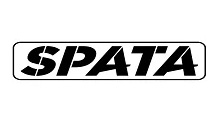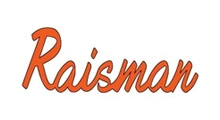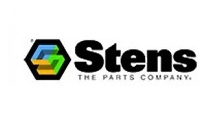Outboard Engine: How to Use and Important Precautions to Take

Outboard Engine Basics
Outboard engines are self-contained units that attach to the transom of a boat and provide propulsion. They are typically mounted on the stern of a boat and connected to the propeller shaft. Outboard engines are typically started by pulling a starter cord or flipping a switch. Once started, they run on gasoline or diesel fuel.
Starting Your Outboard Engine
Before starting your outboard engine, make sure the propeller is clear of any obstructions and the engine is in neutral. Then, pull the starter cord or flip the switch. If the engine doesn't start, don't force it. Check the ignition system and fuel levels first.
Operating Your Outboard Engine
Once your outboard engine is running, make sure to monitor the RPMs (revolutions per minute) and oil pressure. You should also check the cooling water temperature regularly. If the engine is overheating, reduce the throttle or shift into a lower gear.
Stopping Your Outboard Engine
To stop your outboard engine, simply release the throttle and let the engine slow down. Then, pull the starter cord again or flip the switch to turn off the engine. Make sure to coast to a stop before engaging the kill switch or removing the key.
Important Precautions
Outboard engines can be dangerous if not handled properly. Here are some important precautions to take:
1. Always wear eye protection when operating an outboard engine. The propeller can throw water and debris at high speeds, which can cause serious eye damage.
2. Wear ear protection if your boat is noisy. Operating an outboard engine can be loud, and prolonged exposure to loud noise can damage your hearing.
3. Avoid carbon monoxide poisoning. Make sure to check your exhaust system regularly and install a carbon monoxide alarm if needed. Carbon monoxide poisoning can be fatal if not detected quickly.
4. Store fuel properly. Avoiding spills and leaks is crucial to prevent fire and explosions.
5. Check the oil levels regularly and replace the oil filter regularly during maintenance intervals. Oil changes are crucial to maintain engine performance and prevent wear and tear on internal components.
6. Secure your boat properly when docking or anchoring. Secure all loose items on deck and make sure to fasten everything down securely to prevent items from flying off the boat during high-speed maneuvering or windy conditions.
7. Use caution when maneuvering in tight spaces or around other boats. Operating an outboard engine in tight quarters requires extra caution to avoid collisions or accidents.
8. Familiarize yourself with your boat's safety equipment before heading out on the water. Make sure to know how to use life jackets, flares, fire extinguishers, etc., in case of an emergency situation.
9. Plan your route before setting out on a journey, especially if you're heading into unfamiliar territory or waters that are prone to bad weather conditions such as storms or high winds. Use charts, maps, GPS devices, etc., for navigation assistance, but always stay vigilant of changing conditions while on the water.
10. Keep a first-aid kit on board in case of any emergencies or accidents that may occur during your journey or while docked at a marina or pier. A first-aid kit should include bandages, antiseptics, pain relievers, eye ointments, burn creams, antihistamines, etc., depending on your specific needs and risks while boating activities involve safety risks for boating operations on a daily basis . Therefore , it is recommended that you pay attention to safety rules , including safe operation , equipment selection , etc., when using outboard engines , in order to avoid accidents from happening , bring you safety assurance .







